Want to leave the pavement behind?
If you’re looking for a great way to have fun on two wheels, we highly suggest taking your motorcycle on an off-road adventure. There are some real benefits to such a move. You get to see nature in all its beauty and get away from the everyday sources of stress. Also, you’re not dealing with distracted drivers in machines which are way heavier than yours putting you in mortal danger constantly. That doesn’t mean you can just roll onto a dirt pathway right now and start riding your brains out. Well, actually you could, but that’s probably not a great idea.
While there’s a lot to know about off-roading on a motorcycle, whether you have a Harley, BMW, or Honda, start with these simple pointers. If you already know all these, good for you, there are even more to learn. But for everyone else these tips could save a lot of grief and possibly serious injury, plus make the time riding off the road far more enjoyable.
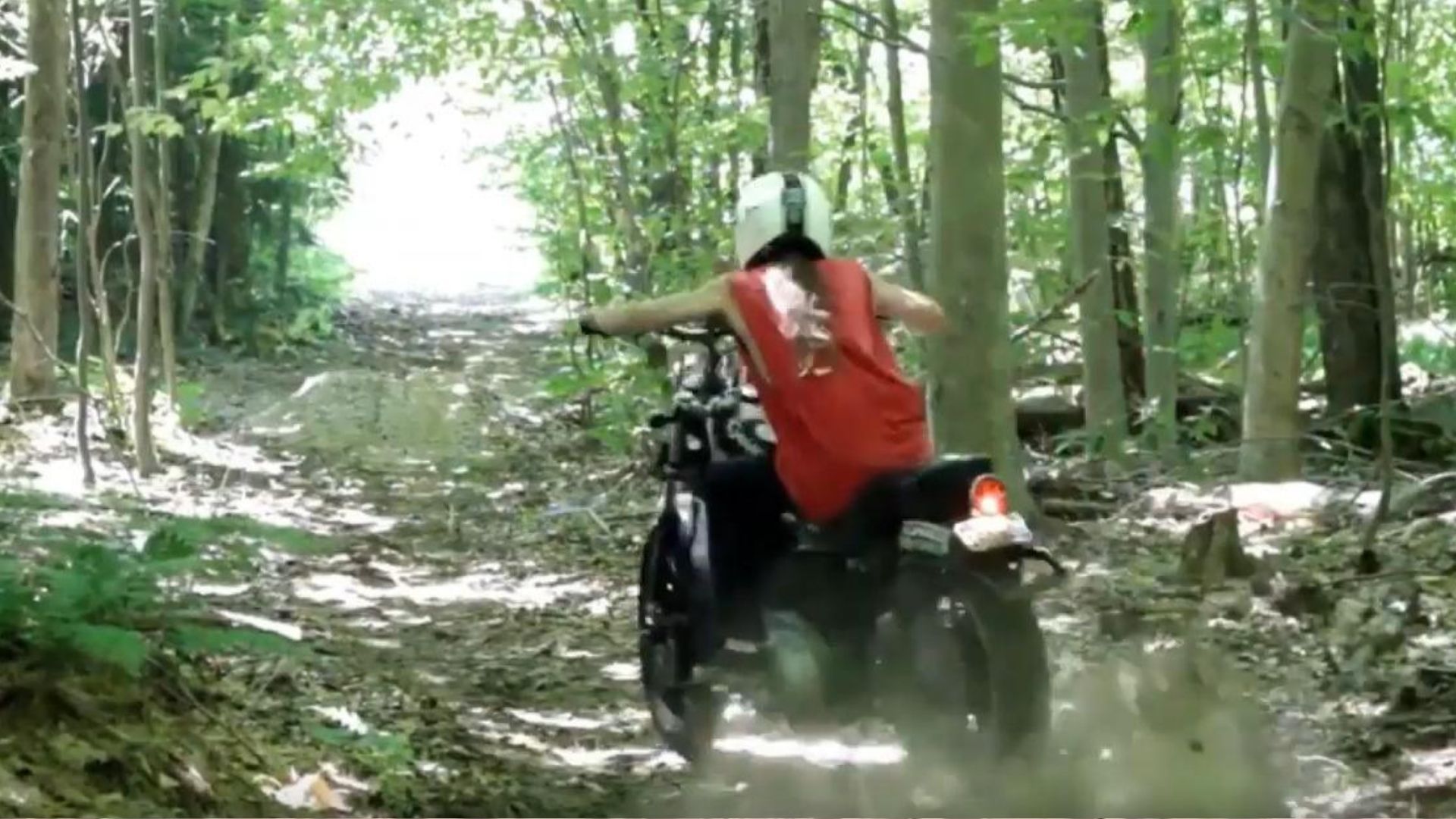
Wear the right protection. This is true no matter where you’re riding. A helmet is always a good idea, but so is clothing that will protect you if you fall and slide. You don’t have to wear leather head to toe, but wearing a sleeveless shirt, shorts, and flip flops will eventually backfire.
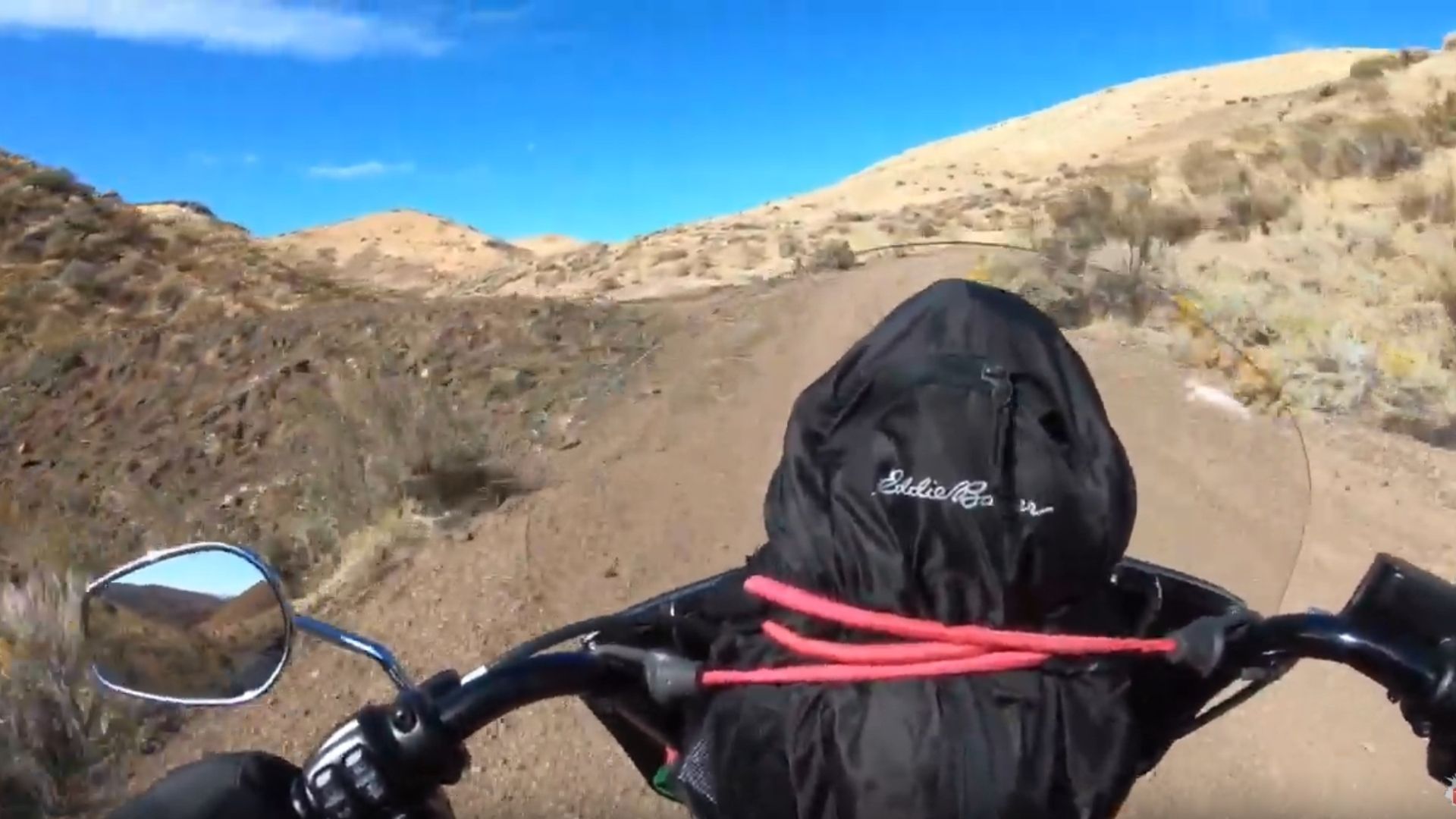
Secure your gear properly. Some guys think bungee cords are the way to keep your gear from flying off your bike. That might work some of the time, but remember that bungee always has some give, so your stuff can slide ride on out. We’ve seen this happen at highway speeds and it’s not pretty. Consider investing in some good ratchet straps. Also, don’t put your gear on the front of the motorcycle so you can’t see the gauges – those are still useful even though you’re not on the road.
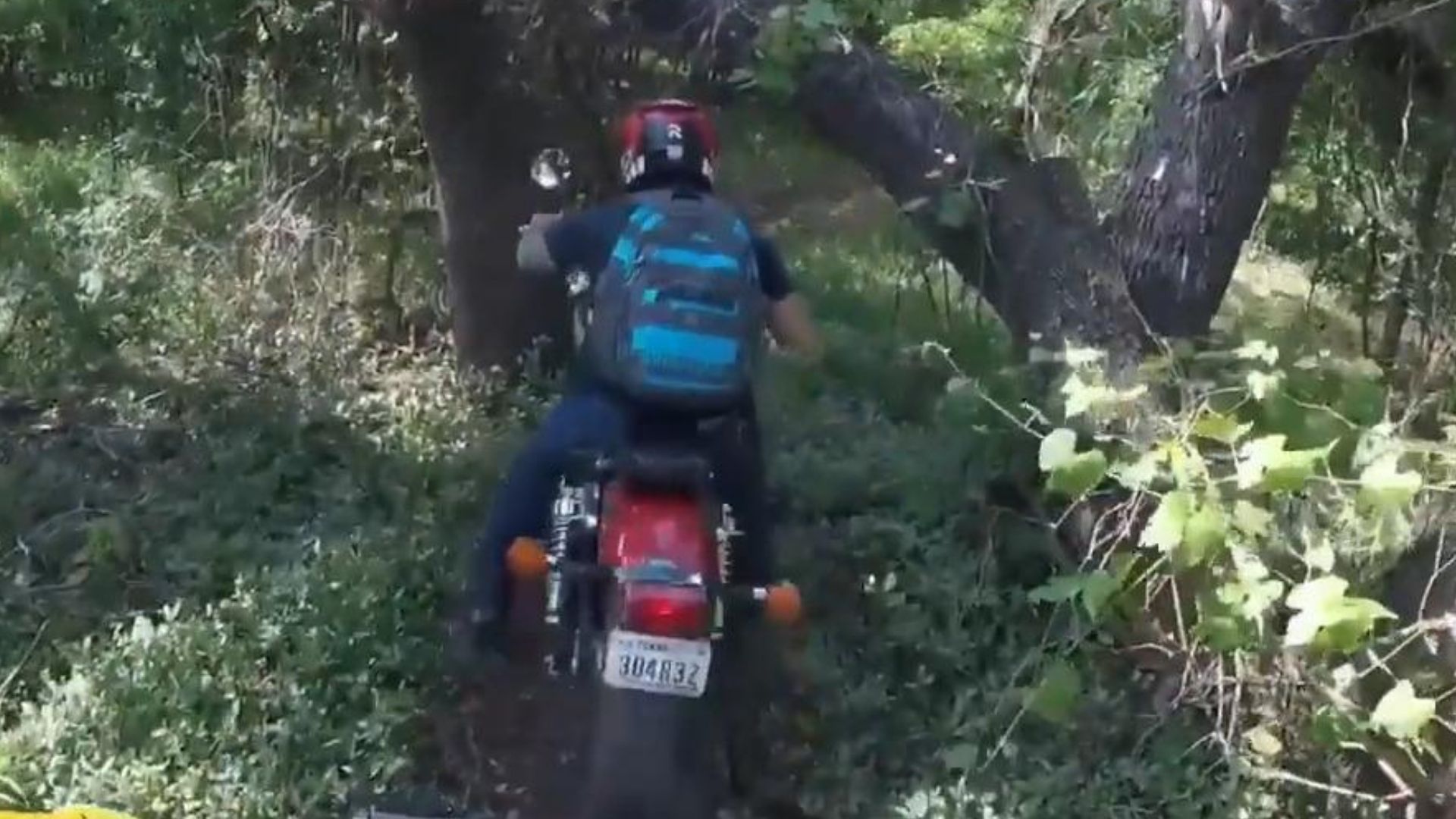
There’s no shame in pushing your motorcycle (well, mostly). A lot of guys (and gals) think they always have to stay in the saddle on the trail. When the pathway is narrow, there’s a drop-off on one side, low-hanging branches/rock overhangs are in the way, or for any other reason you’re not fully confident riding on any stretch of a trail, just get off and walk your bike. Trust your instincts and stop worrying if you look cool.
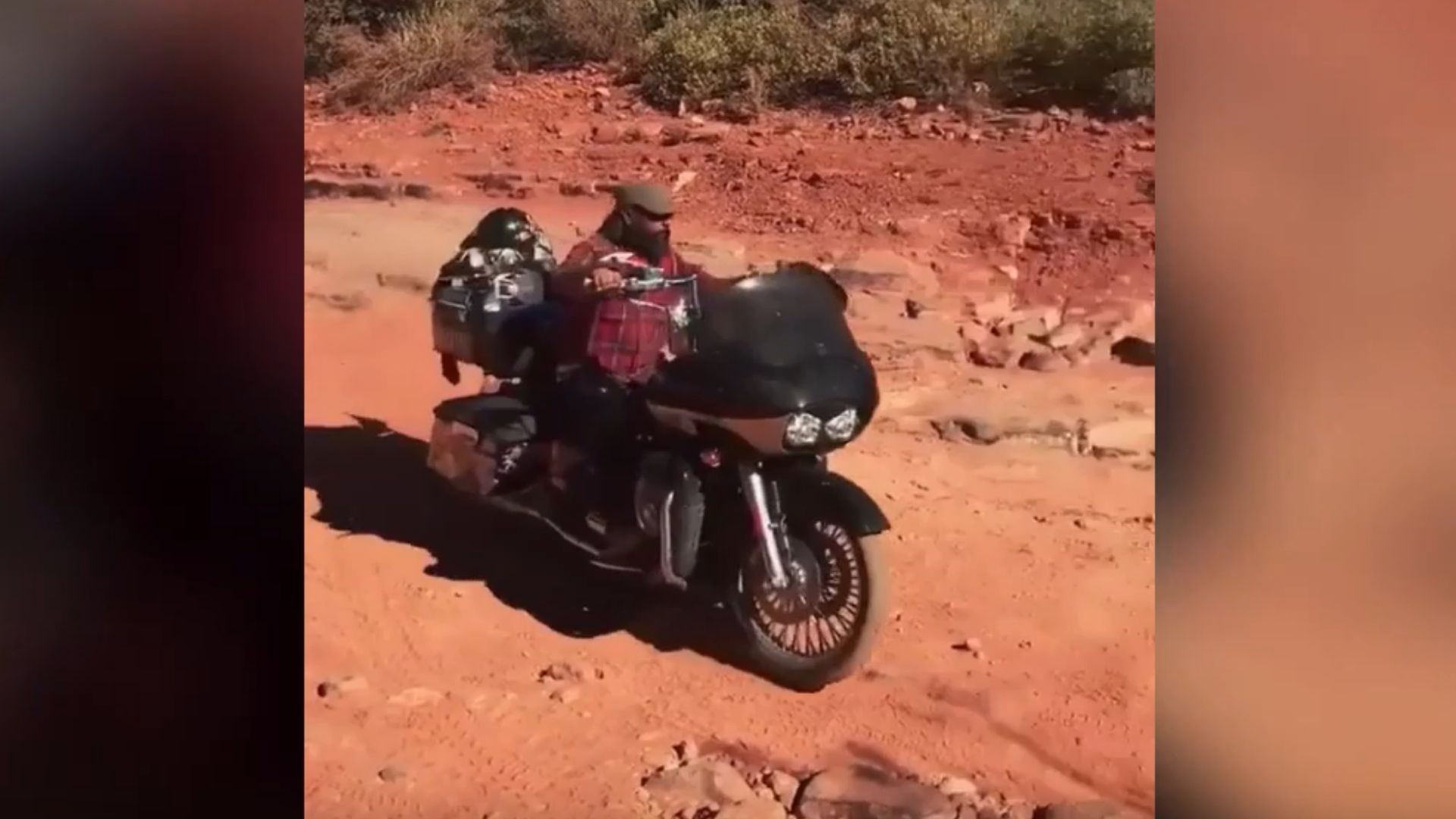
That brings us to another point: consider a lightweight bike. There’s a reason the original scramblers were stripped down by the owners and why good modern adventure bikes and scramblers aren’t heavy (notice we said “good”). You’ll sometimes need to push your motorcycle, plus you don’t want something that sinks into mud and sand like a lead weight.
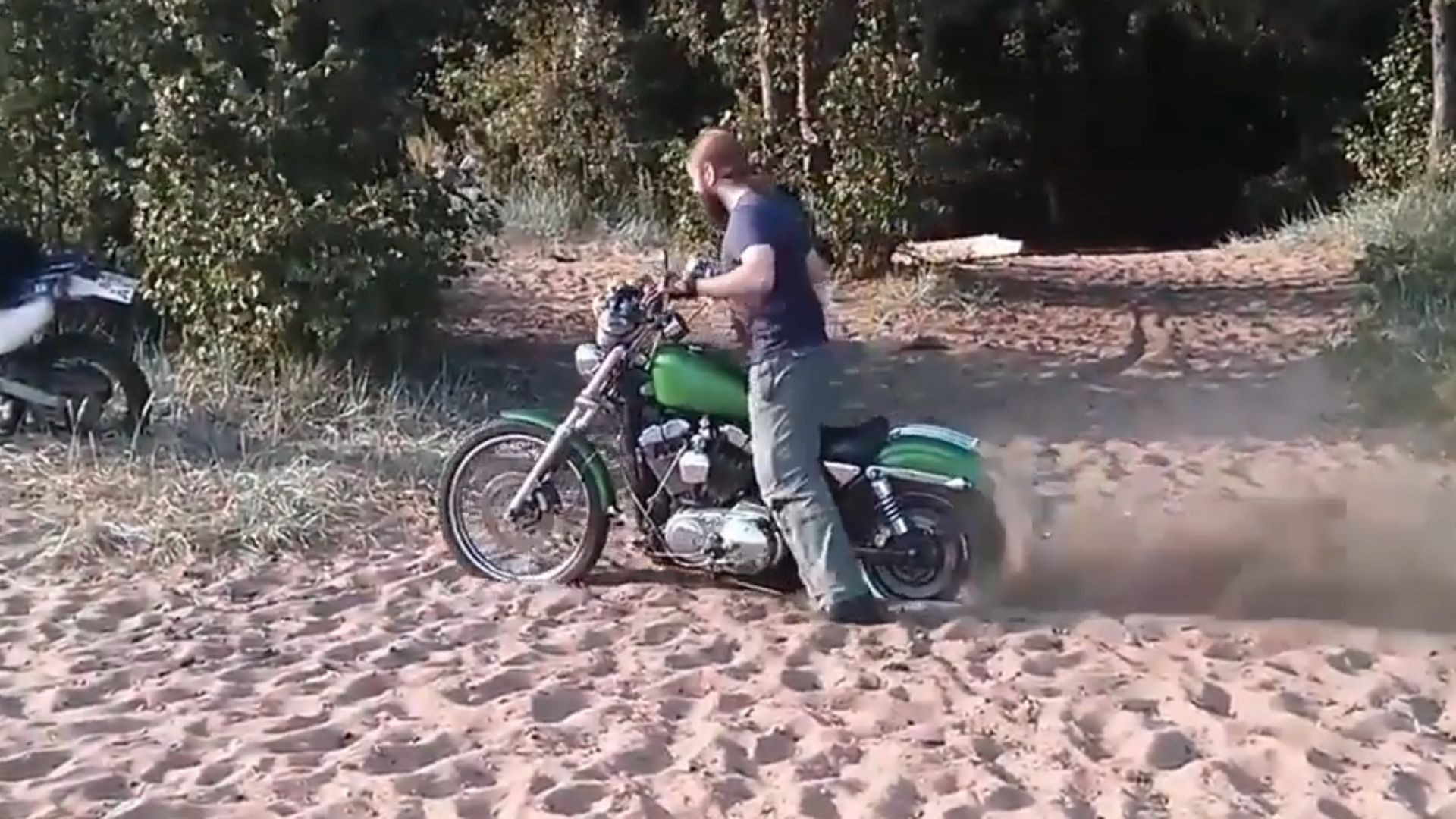
Air down your tires if the ground’s soft. There’s no hard-and-fast rule about what psi to run, although people will argue all day long there is. If you live in the desert with blow sand it’s going to be a lower tire pressure than someone who lives where the sand and dirt is courser, plus there are other factors like the motorcycle’s weight, your weight, your gear’s weight, etc. Keeping the tires at a lower psi helps with traction on the softer surfaces. Of course, it works better if you have tires with big lugs and deep voids, or in other words tires designed for off-roading, instead of ones made for grabbing coffee with your buddies on a Saturday morning in town, so keep that in mind.
Test the depth of water crossings. You’ve probably seen the video of the kid who’s convinced by his friends to jump into a small puddle of water only to plunge all the way to his chest. In the wild something which looks like a little bit of water you can easily cross might be so deep you’d have to swim, so your bike definitely wouldn’t make it. Use a stick or something else to check the depth, or just wade in and see for yourself. Also, you should know the fording depth for your bike.
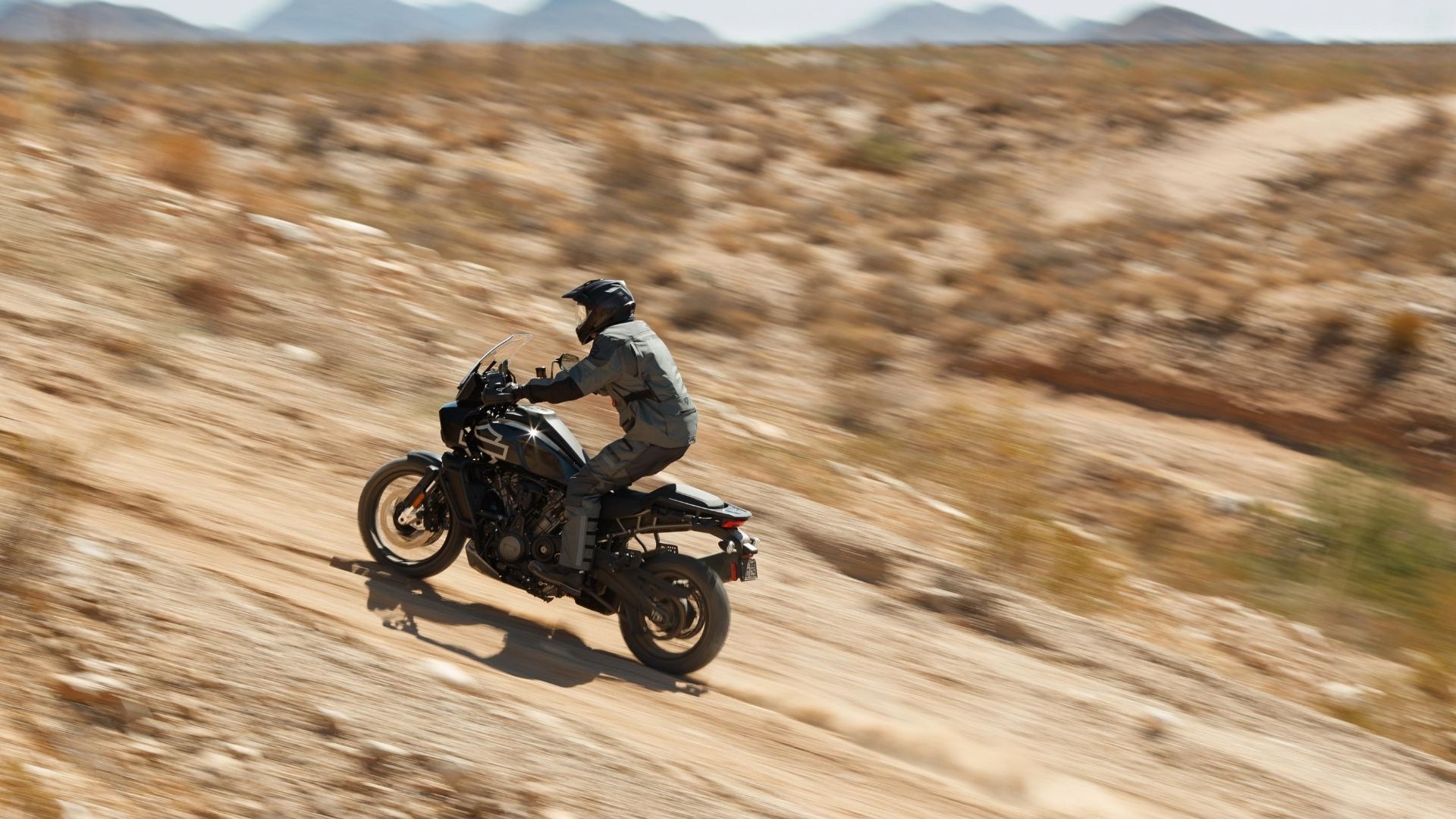
Slow down. Too many newbies to riding on trails think since there’s no traffic they can twist that throttle and let it rip without consequences, only they’re wrong. You’re not riding on an even surface, unless you’re on a graded and well-groomed fire road. Even then, there could easily be bumps and holes you can’t see until it’s too late. Hitting those at a high speed can make you lose control or even go flying off the motorcycle. If you don’t know the trail super well, take it a little slow and just enjoy the ride. As you get to know trails you can go faster, but always keep in mind your stopping distances are longer on dirt and nature can throw some curve balls like a fallen tree branch, washed-out dirt, or even animals in the path.






